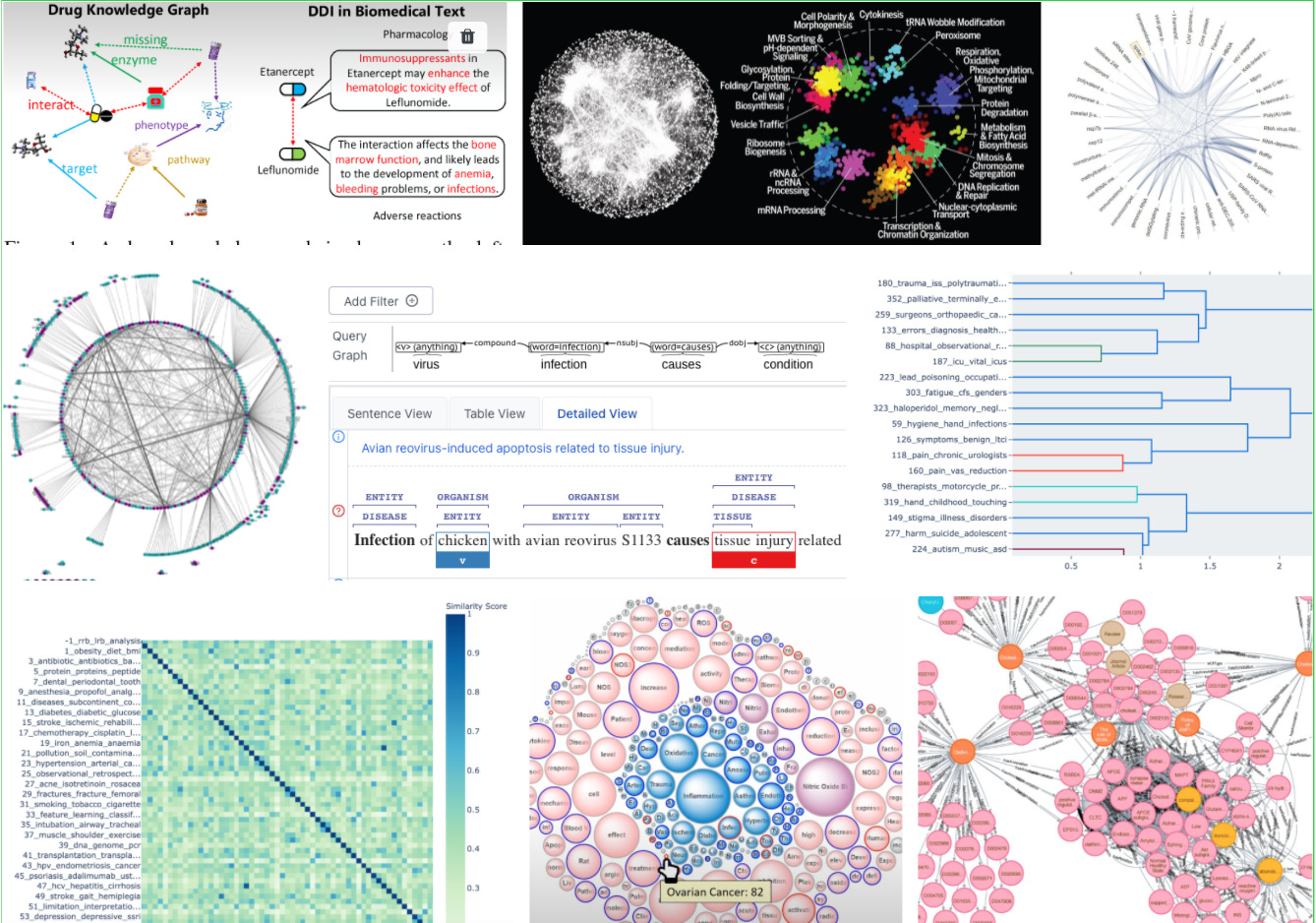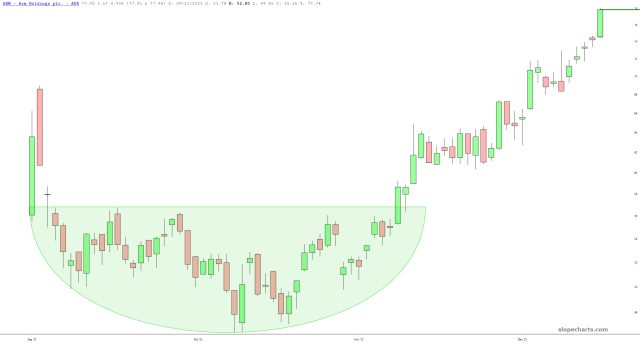From Wired, March 21:
As the US boosts production of silicon chips, an American journalist goes inside TSMC, the mysterious Taiwanese company at the center of the global industry.
I arrive in Taiwan brooding morbidly on the fate of democracy. My luggage is lost. This is my pilgrimage to the Sacred Mountain of Protection. The Sacred Mountain is reckoned to protect the whole island of Taiwan—and even, by the supremely pious, to protect democracy itself, the sprawling experiment in governance that has held moral and actual sway over the would-be free world for the better part of a century. The mountain is in fact an industrial park in Hsinchu, a coastal city southwest of Taipei. Its shrine bears an unassuming name: the Taiwan Semiconductor Manufacturing Company.
By revenue, TSMC is the largest semiconductor company in the world. In 2020 it quietly joined the world’s 10 most valuable companies. It’s now bigger than Meta and Exxon. The company also has the world’s biggest logic chip manufacturing capacity and produces, by one analysis, a staggering 92 percent of the world’s most avant-garde chips—the ones inside the nuclear weapons, planes, submarines, and hypersonic missiles on which the international balance of hard power is predicated.
Perhaps more to the point, TSMC makes a third of all the world’s silicon chips, notably the ones in iPhones and Macs. Every six months, just one of TSMC’s 13 foundries—the redoubtable Fab 18 in Tainan—carves and etches a quintillion transistors for Apple. In the form of these miniature masterpieces, which sit atop microchips, the semiconductor industry churns out more objects in a year than have ever been produced in all the other factories in all the other industries in the history of the world.
Of course, now that I’m on the bullet train to Hsinchu, I realize that the precise hazard against which the Sacred Mountain offers protection is not to be uttered. The threat from across the 110-mile-wide strait to the west of the foundries menaces Taiwan every second of every day. So as not to mention either country by name—or are they one?—Taiwanese newspapers often euphemize Beijing’s bellicosity toward the island as “cross-strait tensions.” The language spoken on both sides of the strait—an internal waterway? international waters?—is known only as “Mandarin.” The longer the threat is unnamed, the more it comes to seem like an asteroid, irrational and insensate. And, like an asteroid, it could hit anytime and destroy everything.
Semiconductor fabrication plants, known as fabs, are among civilization’s great marvels. The silicon microchips fashioned inside them are the sine qua non of the built world, so essential to human life that they’re often treated as basic goods, commodities. They’re certainly commodities in the medieval sense: amenities, conveniences, comforts. In the late ’80s, some investors even experimented in trading them on futures markets.
But unlike copper and alfalfa, chips aren’t raw materials. Perhaps they’re currency, the coin of the global realm, denominated in units of processing power. Indeed, just as esoteric symbols transform banal cotton-linen patches into dollar bills, cryptic latticework layered onto morsels of common silicon—using printmaking techniques remarkably similar to the ones that mint paper money—turns nearly valueless material into the building blocks of value itself. This is what happens at TSMC....
....MUCH MORE







